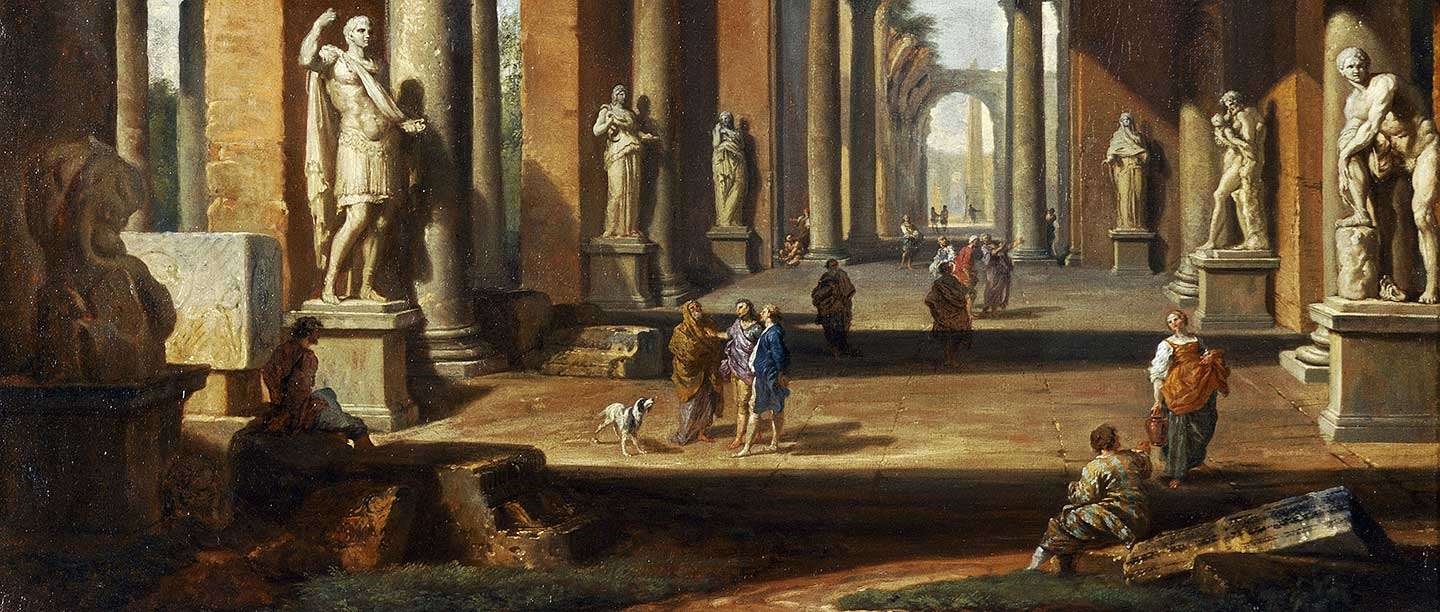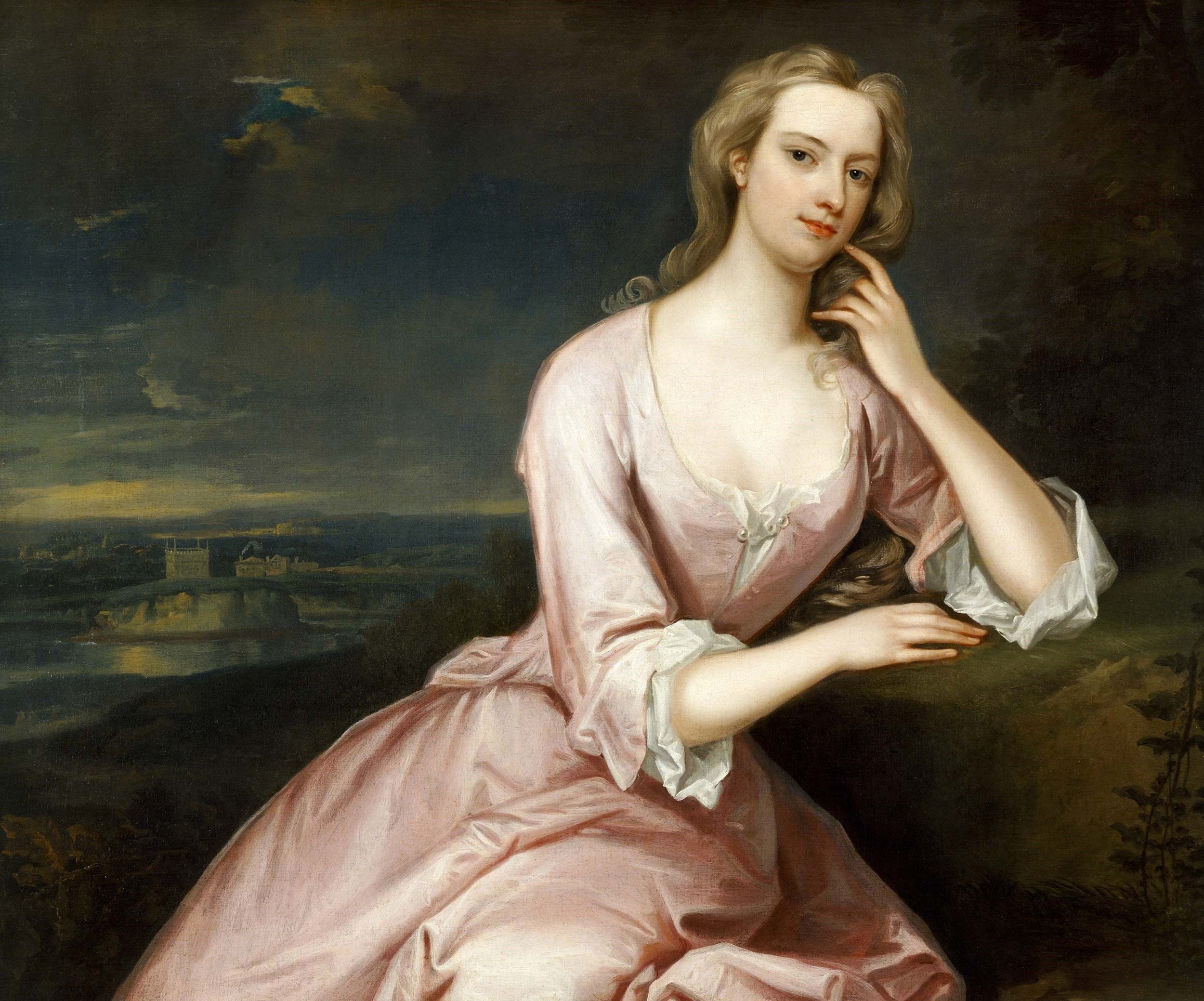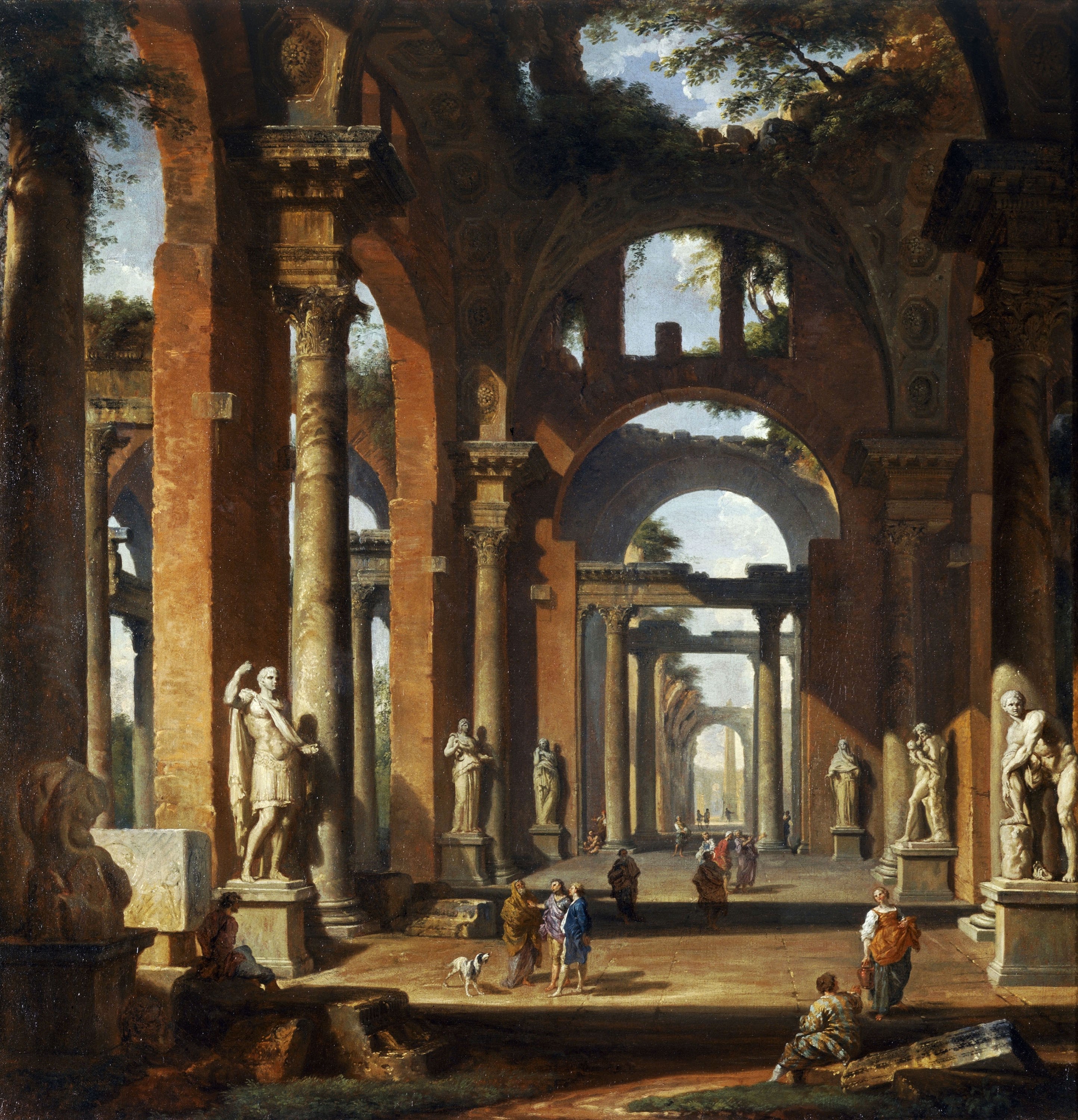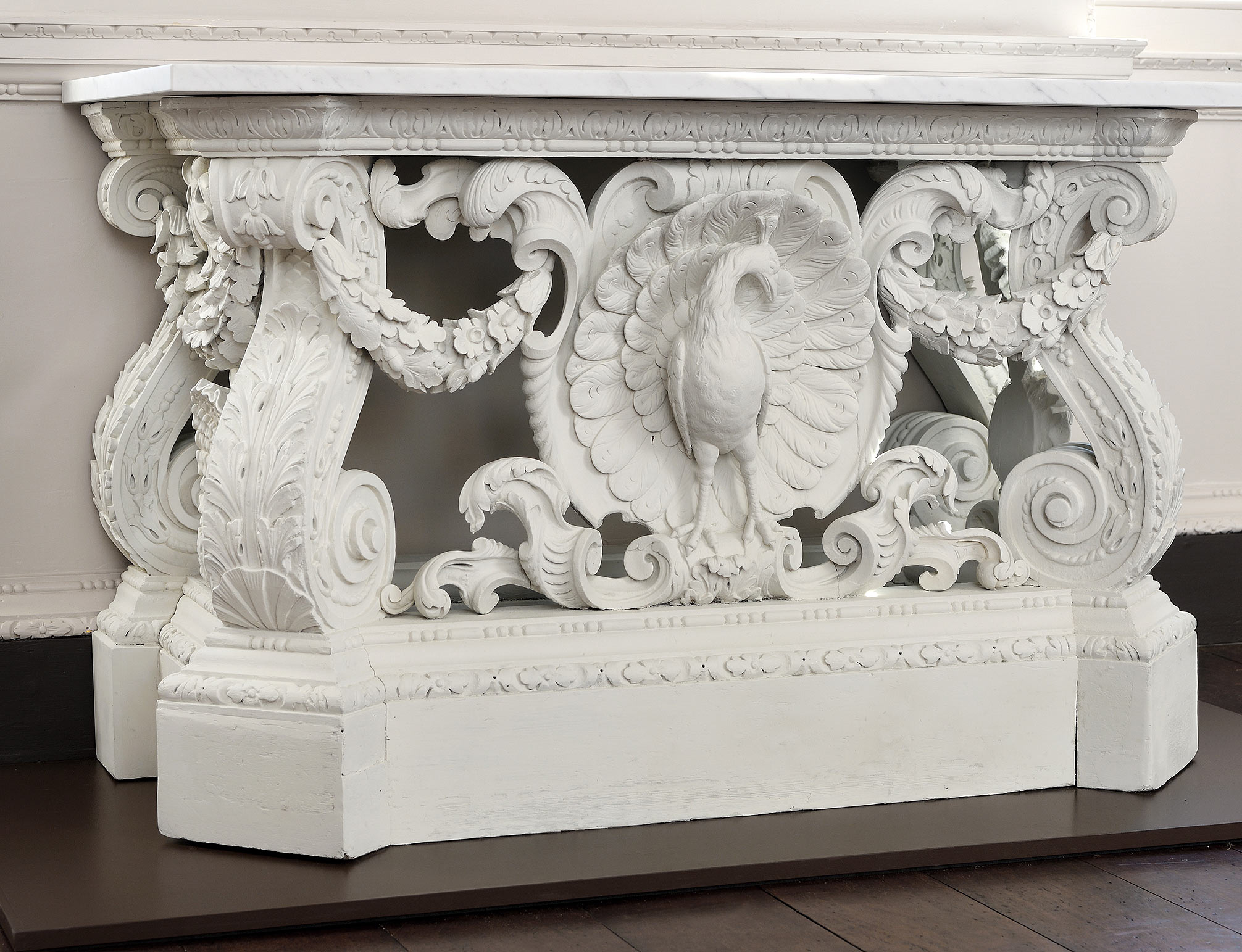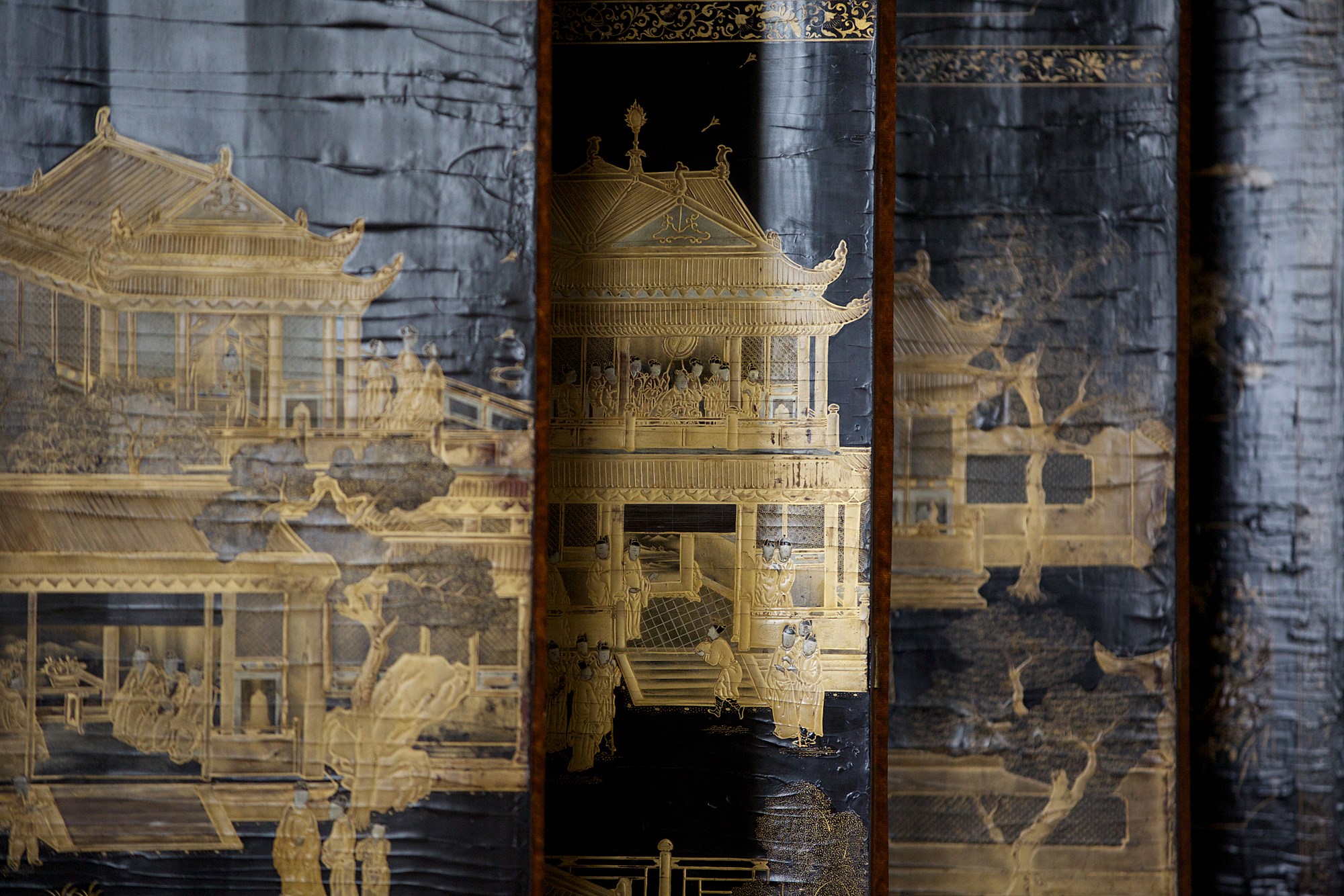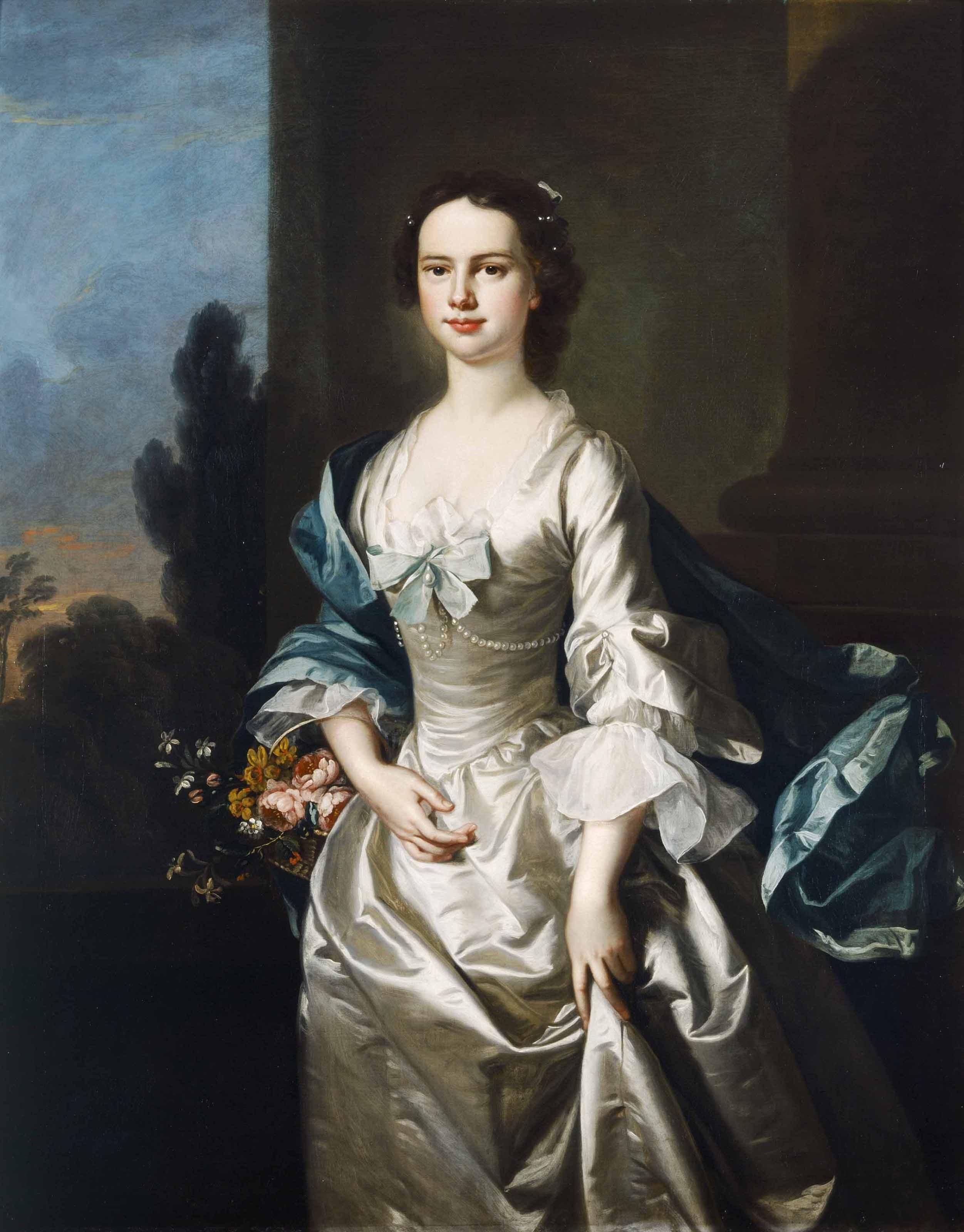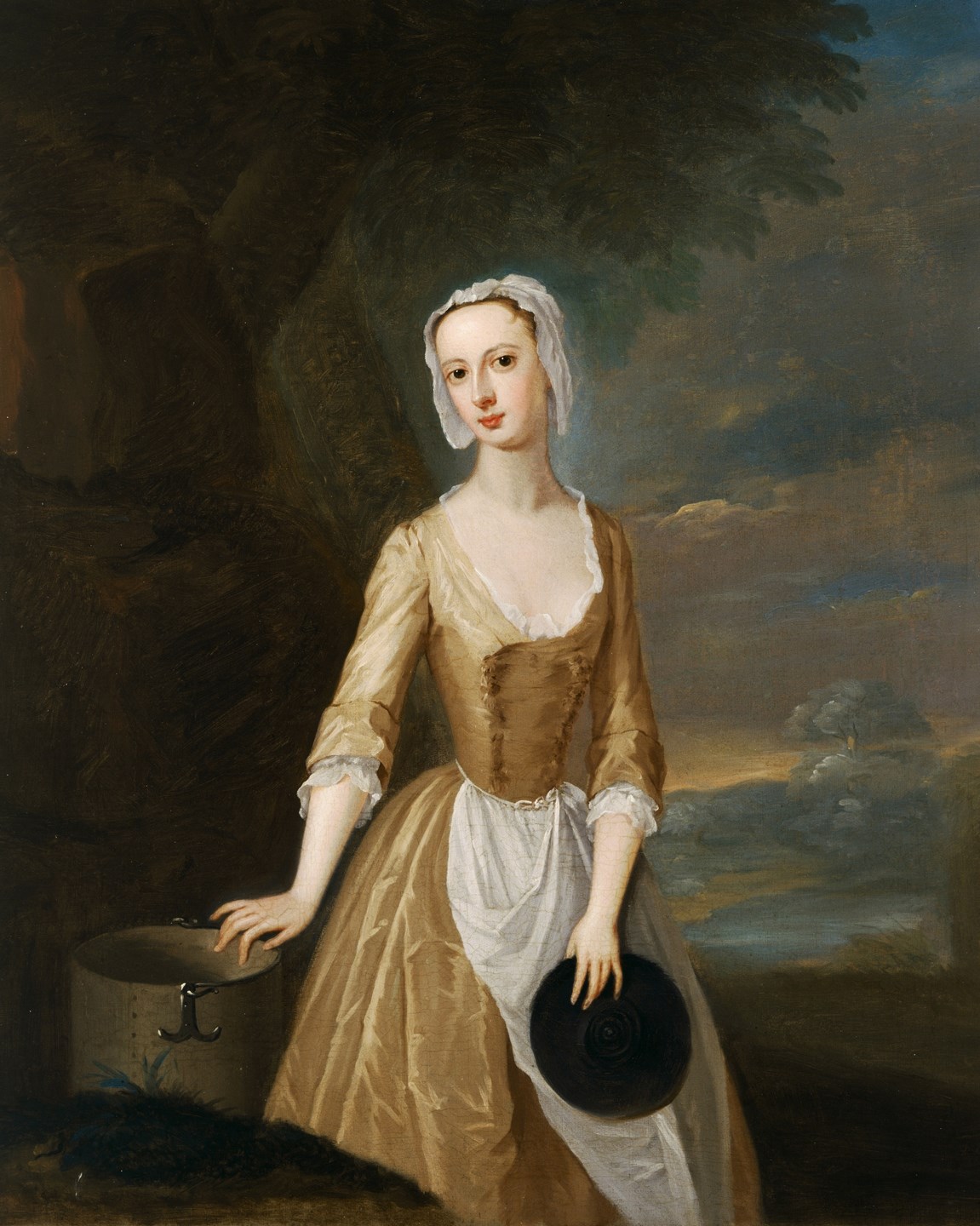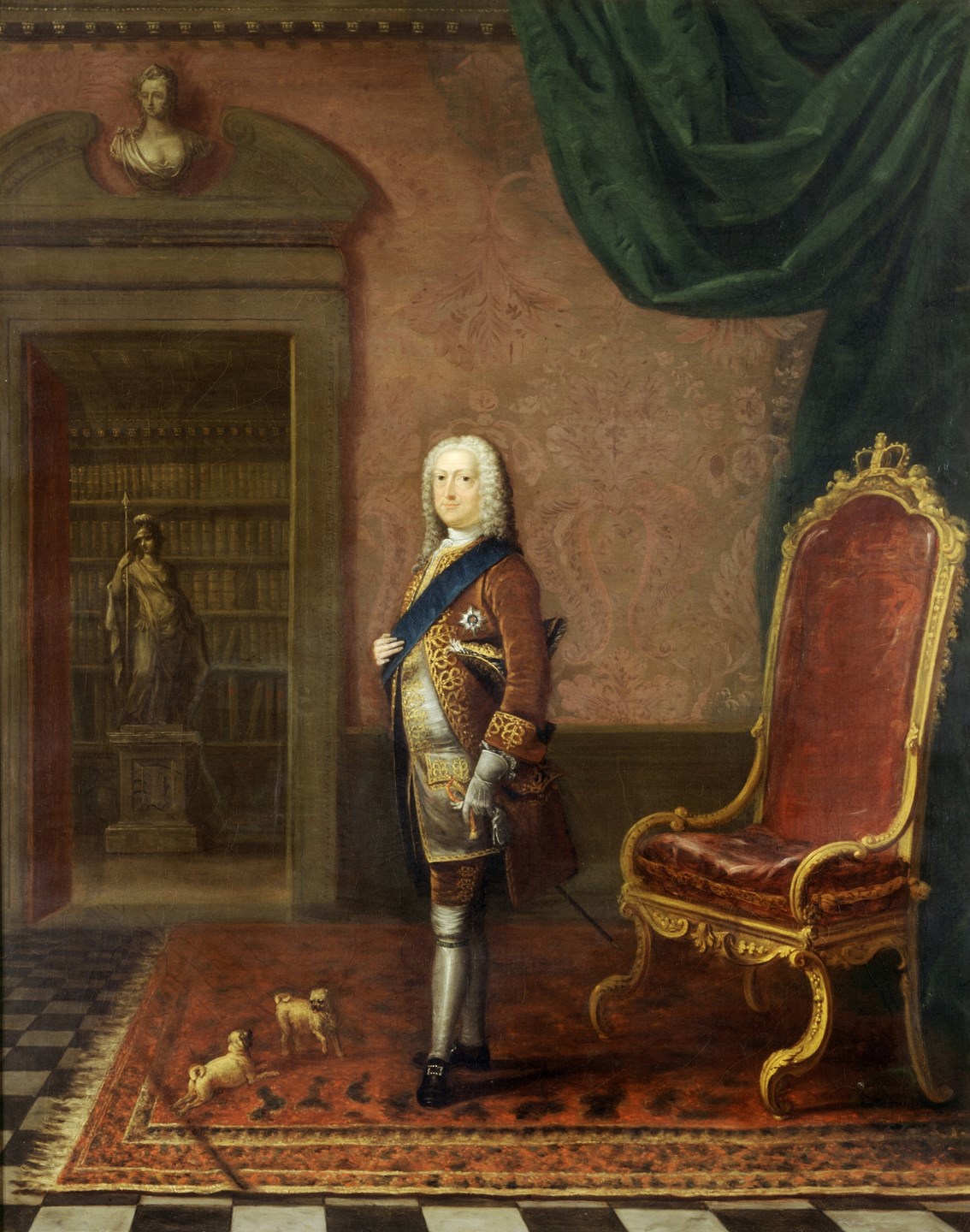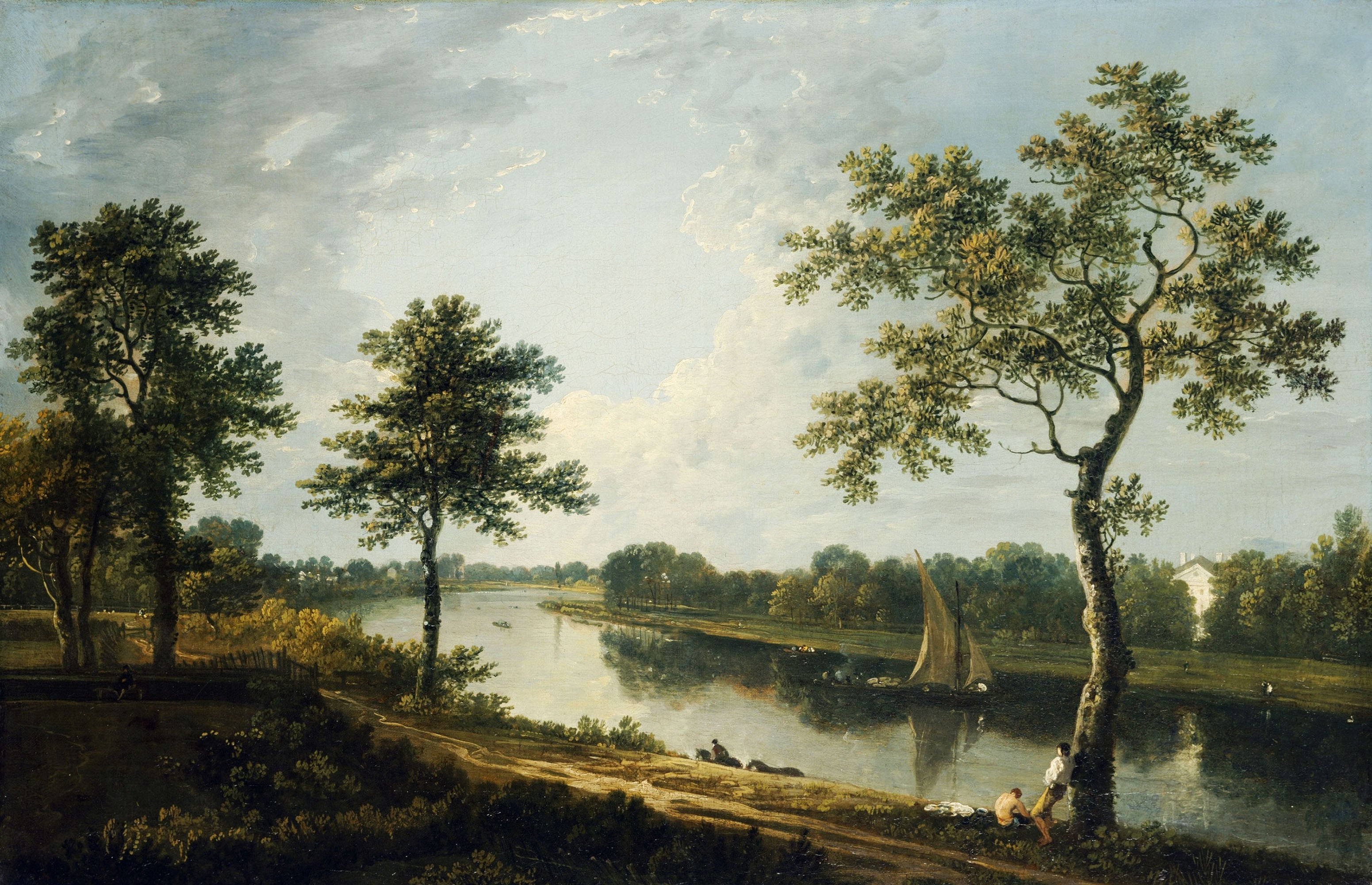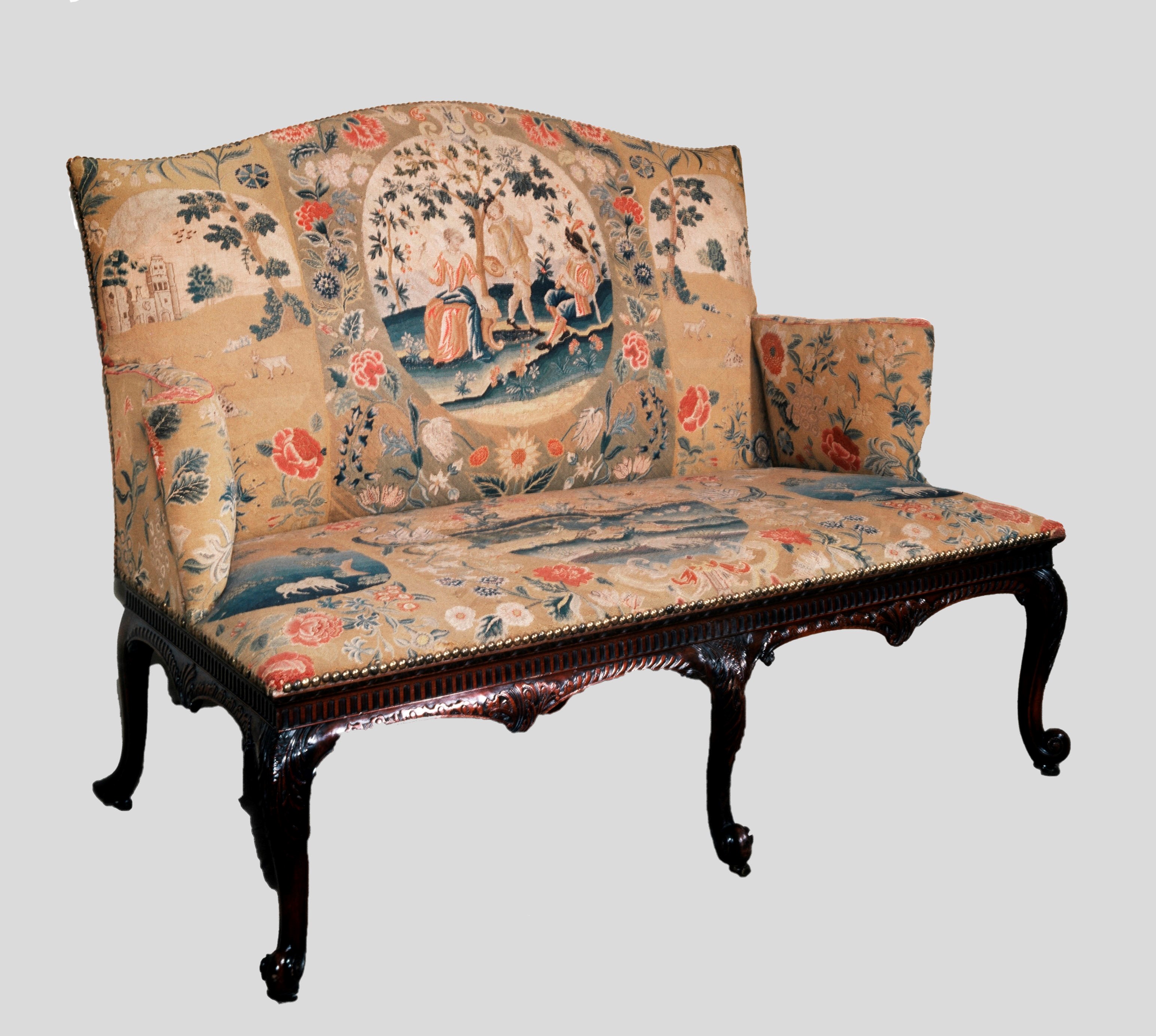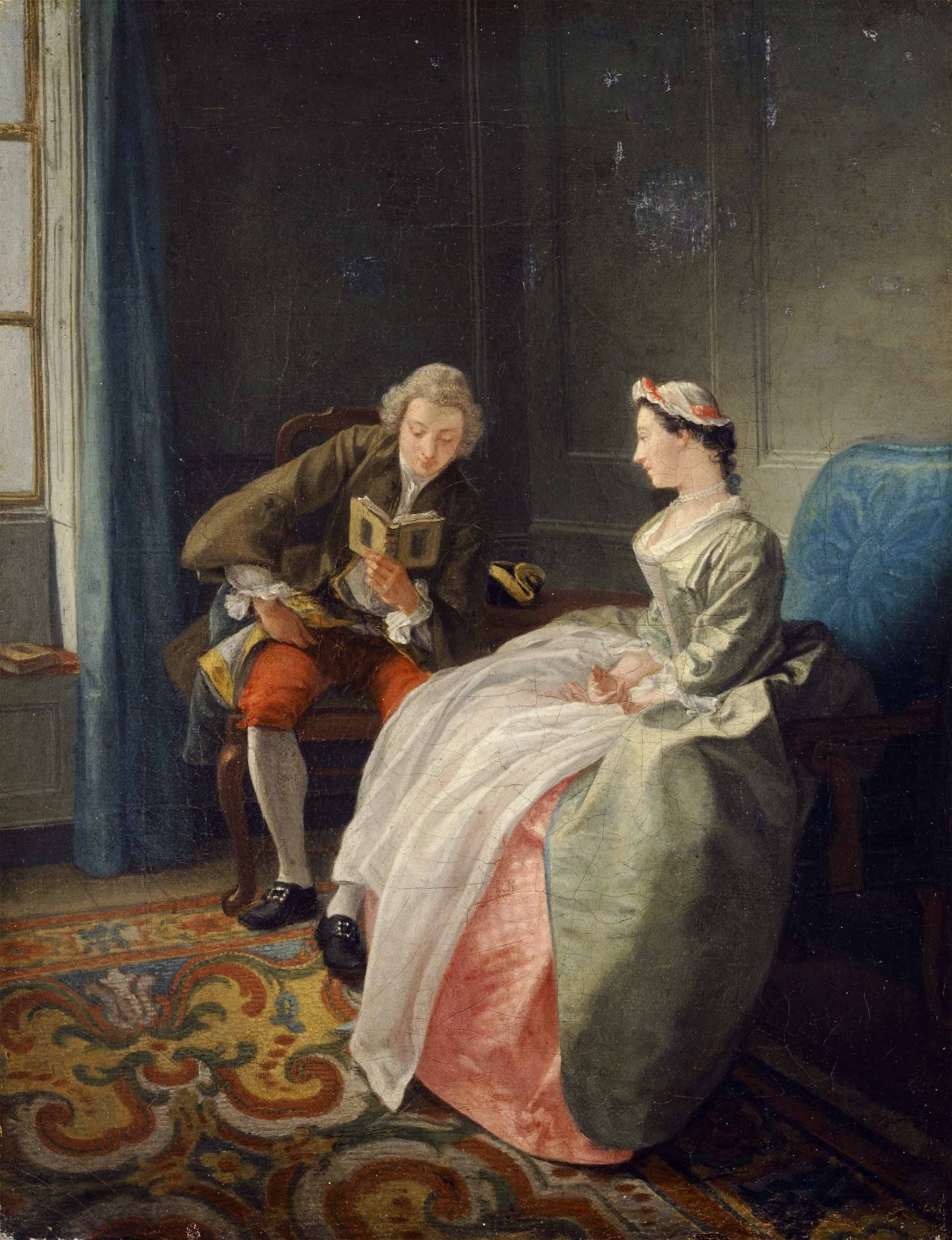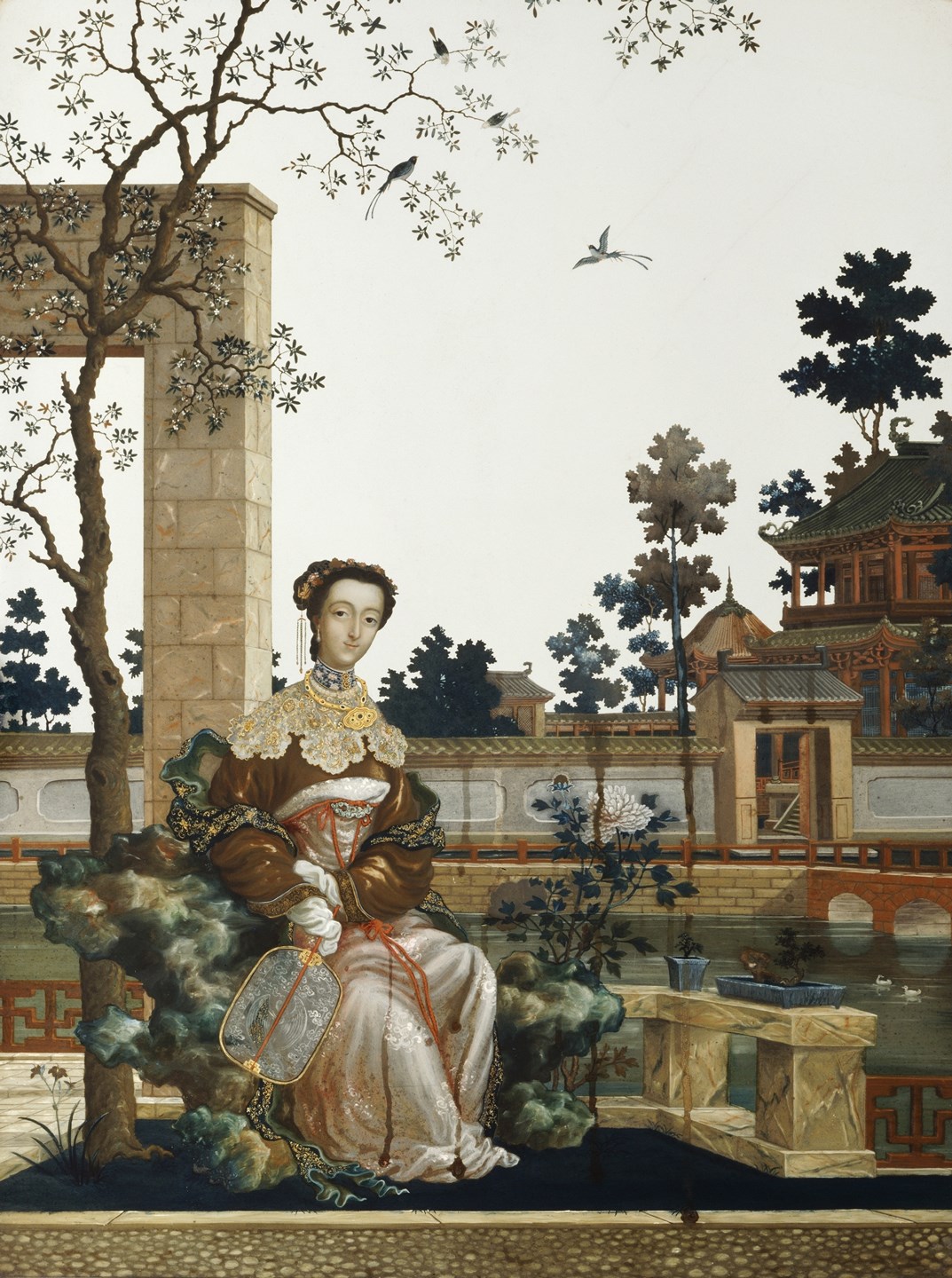A Chinese lacquer screen is one of the few remaining objects from Henrietta’s own collection because the contents of the house were dispersed before the property came into public ownership in 1902. However, there was a remarkable reunion in the 1980s when a series of Italian decorative paintings by Giovanni Paolo Panini returned to their original positions in the Great Room.
The paintings, furniture and porcelain on display in the house today still evoke the 18th-century love of the Orient, and suit Henrietta Howard’s taste and status. Her position in society is reflected in the portraits of her friends and contemporaries, including the paintings of George II, who financed the building of the house.
Read more about the history of Marble Hill.
More about Marble Hill
-
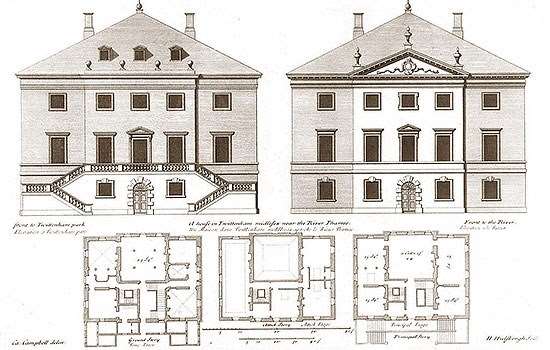
History of Marble Hill
Read a full history of this English Palladian villa and its gardens beside the Thames, from its origins in the 1720s as a retreat from court life for Henrietta Howard to the present day.
-
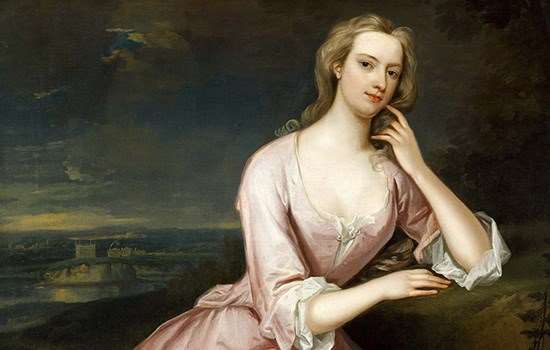
Henrietta Howard
Though mainly known as the mistress of George II, Henrietta Howard was a remarkable woman in her own right. Read more about her extraordinary life and how she came to build Marble Hill.
-
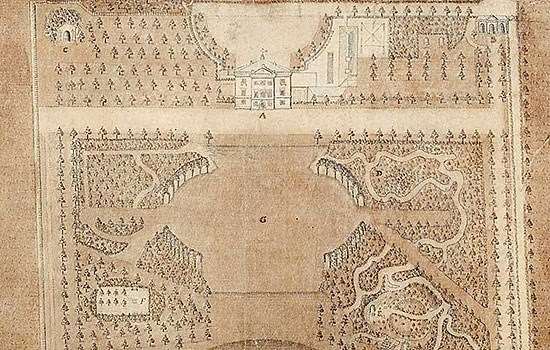
Henrietta Howard’s Garden at Marble Hill
Find out what makes the garden between the house and the river at Marble Hill so significant, and how English Heritage has restored its key elements.
-
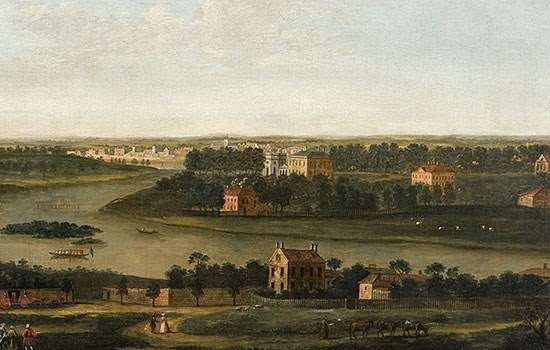
The View from Richmond Hill
See how artists have depicted the panoramic view from Richmond Hill over the centuries and find out how Marble Hill was saved thanks to a campaign to preserve this view.
